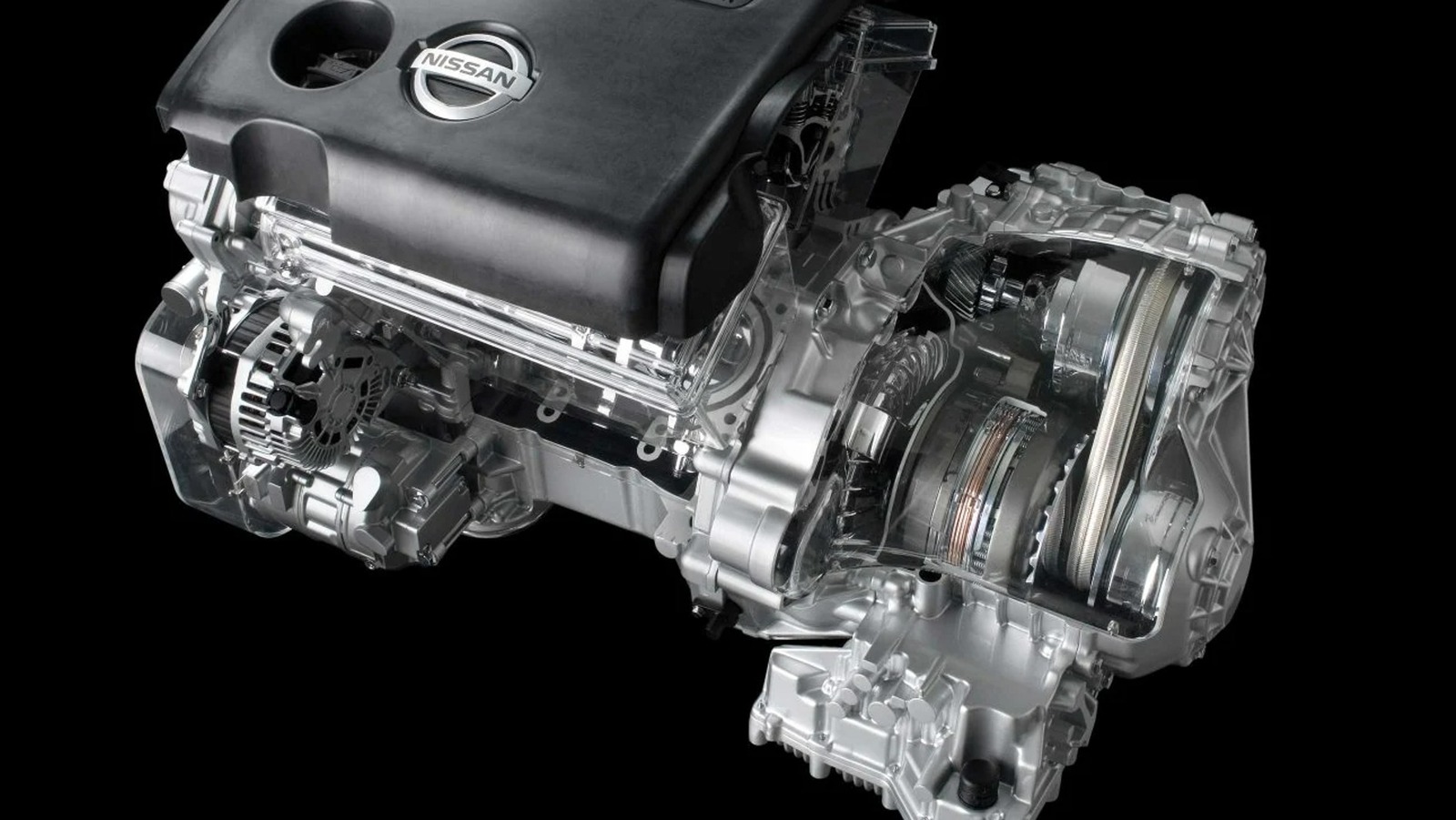US Auto Tariffs Explained: What Car Buyers Must Know
US Auto Tariffs Explained: What Car Buyers Must Know it’s a sunny morning, and you’re sipping coffee while scrolling through the latest news. Suddenly, the headline pops up—US auto tariffs are shifting again! If you’re planning to buy a car soon or just curious about how these international trade mechanisms influence your wallet, buckle up. We’re driving headfirst into the world of car tariffs, decoding jargon with a side of style and making global economics make sense for your garage.
What Are Auto Tariffs, Anyway?
Tariffs, in essence, are taxes imposed by governments on imported goods. In the auto industry, these duties are applied to vehicles and auto parts coming into the United States from abroad. When you hear about US auto tariffs, think of them as gatekeepers—regulating what comes in, how much it costs, and who ultimately pays the price (hint: often, it’s the consumer).
Whether you’re a car enthusiast, a cautious buyer, or an industry insider, understanding US auto tariffs is crucial to navigating the modern marketplace.
A Brief History of Auto Tariffs in the U.S.
Let’s rewind. The United States has been using tariffs to protect domestic industries since the 19th century. But the game changed dramatically in recent decades:
- 1960s: The U.S. slapped a 25% tariff on light trucks in retaliation for European tariffs on American chicken exports. Dubbed the “chicken tax,” this one’s still around!
- 1990s–2000s: As globalization flourished, tariff rates dropped under NAFTA and WTO agreements.
- 2018–2020: Trade tensions flared. The Trump administration floated a 25% tariff on imported cars, sparking global uproar. Though not fully implemented, it shook markets.
Flash forward to today, and US auto tariffs remain a hot-button issue, oscillating between political platforms, economic strategy, and consumer pricing.
Why Do Tariffs Matter to Car Buyers?
Imagine this: You’re eyeing a snazzy German sedan or a reliable Japanese SUV. The price tag includes not only engineering excellence but also, potentially, a heavy import tax. US auto tariffs can significantly raise the price of foreign-made vehicles, nudging you toward American-made models.
How It Hits Your Wallet:
- Imported Vehicles: Higher tariffs = higher retail prices.
- Domestic Cars: Prices might rise due to reduced competition.
- Used Cars: Tariffs can indirectly inflate used car prices as new car buyers adjust demand.
In short, even if you’re not buying a Tesla or a Toyota, US auto tariffs could still steer your spending.
Global Car Brands, Local Impact
International car companies—like BMW, Toyota, and Hyundai—often manufacture vehicles on U.S. soil. Why? To avoid US auto tariffs and cater to the American market directly.
Tariffs Encourage:
- Local Investment: Plants in South Carolina, Alabama, and Texas are booming.
- Job Creation: More local assembly lines mean more employment.
- Regional Trade Deals: Automakers push governments for tariff-easing agreements like USMCA.
But here’s the twist: raw materials and parts are still heavily imported. Tariffs on steel, aluminum, and parts affect overall vehicle costs.
Current Tariff Rates and Their Implications
So, what’s the current lay of the land?
- Passenger Cars (non-FTA countries): 2.5%
- Trucks: 25% (yes, still the chicken tax!)
- Auto Parts: Varies from 0% to 25%
Countries with free trade agreements—like Canada, Mexico, and South Korea—face reduced or zero tariffs. Hence, US auto tariffs also play a diplomatic role, rewarding allies and nudging trade negotiations.
Tariffs, Politics, and Power Moves
Here’s where things heat up. Tariff policies shift dramatically with presidential administrations. For example:
- Trump Administration: Threatened sweeping tariffs on European and Asian cars; argued for national security justification.
- Biden Administration: Opted for a more strategic approach, seeking multilateral agreements and stabilizing trade flows.
While US auto tariffs were a key topic in trade talks with China and the EU, the broader agenda often includes climate goals, labor protections, and tech sharing.
Car Dealerships and Tariffs: A Ripple Effect
Local dealerships often bear the brunt of tariff shocks. If a sudden tariff hike hits foreign cars, they might:
- Slash inventories
- Adjust pricing strategies
- Offer fewer options to consumers
Even dealers who primarily sell American cars feel the squeeze—tariffs can create supply chain bottlenecks that drive up costs across the board.
Quote from a Dealership Manager:
“It’s not just about the sticker price—it’s about availability, timing, and trust. US auto tariffs change the game plan overnight.”
The Electric Vehicle Equation
With EVs on the rise, US auto tariffs become even more complex. Why?
- EV Components: Batteries, semiconductors, and rare earth materials often come from China or Korea.
- Global Competition: Tesla, Rivian, BYD, and Volkswagen all compete for market dominance.
- Tax Incentives vs. Tariffs: While the government offers EV rebates, tariffs might cancel out the benefit.
Tariff policy could either accelerate EV adoption—or stall it. A balancing act, for sure.
What Should Consumers Do?
Stay smart. Don’t let US auto tariffs catch you off guard. Here’s how to stay ahead:
- Research the Manufacturer: Where is your car assembled?
- Check for Trade Deal Benefits: Cars from FTA countries may offer better value.
- Consider Timing: Tariffs often shift with political winds. Buying before a trade announcement might save you cash.
- Look at Total Ownership Cost: Beyond purchase price, consider parts, service, and resale value.
Predictions: Where Are Tariffs Headed?
Experts forecast a few scenarios:
- Stable to Slight Decrease: With trade talks stabilizing, tariffs might hold or ease.
- Increased Pressure on China: Expect targeted measures on electric vehicle imports or smart tech in cars.
- Green Incentives: Tariff relief may be granted for sustainable auto parts or low-emission models.
Ultimately, US auto tariffs will continue to be a policy lever—used selectively to influence trade, environment, and economy.
Voices from the Road: Public Opinion
Surveys show mixed feelings:
- 52% of Americans support tariffs that protect domestic jobs.
- 37% worry about higher consumer costs.
- 11% are unsure what tariffs even are!
Education is key. Articles like this (wink) aim to demystify the topic and empower your next purchase.
Final Thoughts: Navigating the Tariff Terrain
US auto tariffs may seem like a dry subject, but they’re anything but. They’re tied to your dream car’s price, your dealership’s offerings, and even the jobs in your neighborhood.
As policies evolve, so should your awareness. Whether you’re a weekend driver or a diehard gearhead, keep an eye on tariff trends and drive informed.







